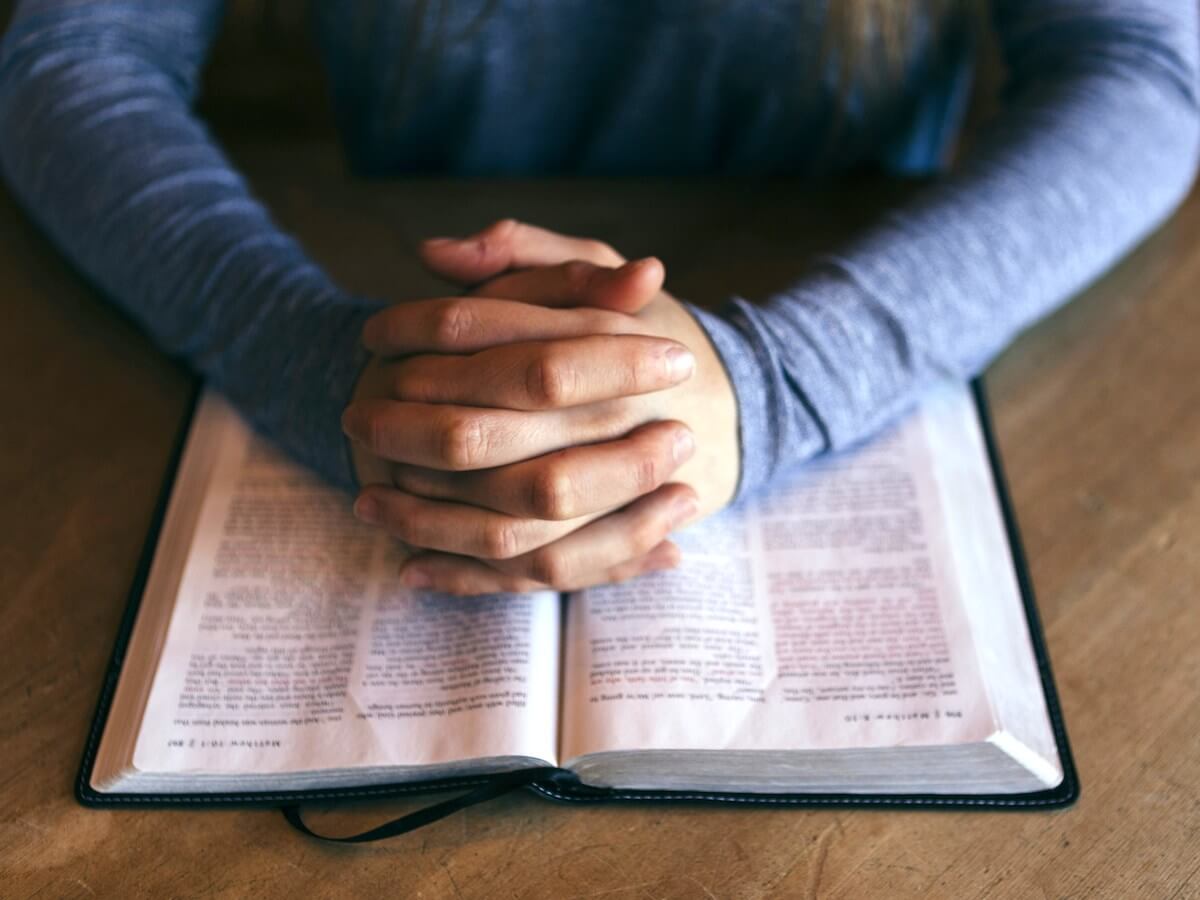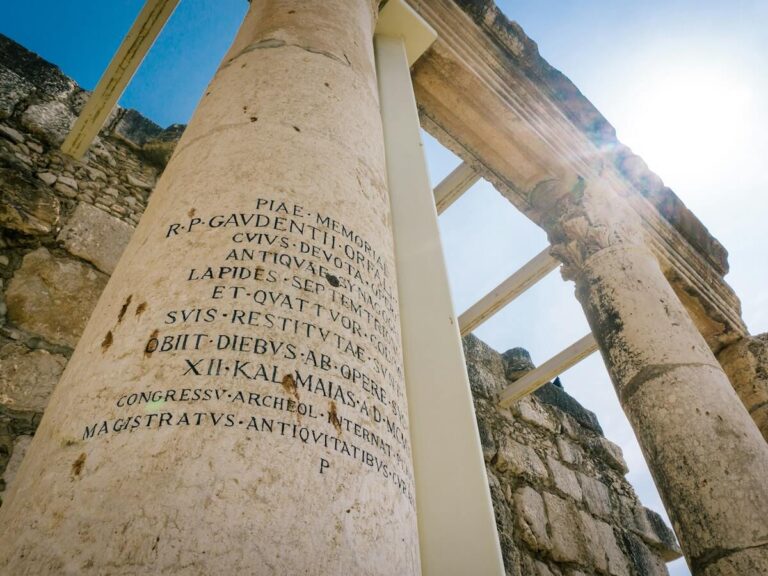The Our Father Prayer: The Christian Prayer Taught by Jesus

The Our Father Prayer, also known as the Lord’s Prayer, stands as the most iconic and universally prayed prayer in Christianity. Taught directly by Jesus Christ, this prayer captures the essence of the Christian faith in just a few lines. It speaks to God’s holiness, the coming of His Kingdom, our need for daily sustenance, forgiveness, and protection from evil.
To pray the Our Father is to join with believers across centuries and continents. In this post, we’ll explore:
- Where the Our Father appears in the Bible
- A full breakdown of the prayer’s meaning
- How it has evolved over time
- The significance of praying it today
- The full text in traditional and King James versions
Let’s begin by turning to Scripture.
Disclosure: Some of the links below may be affiliate links. At no additional cost to you, we may earn a small commission if you make a purchase.
Where is the Our Father Prayer in the Bible?
The Our Father Prayer in the Bible appears in two New Testament passages: Matthew 6:9–13 and Luke 11:2–4. These accounts are similar, but not identical, offering unique insights into Jesus’ teachings on prayer.
The Matthew Version (King James Version)
This version comes during the Sermon on the Mount, when Jesus teaches about giving, fasting, and praying in humility, not for show, but from the heart.
Matthew 6:9–13 (KJV)
Our Father which art in heaven,
Hallowed be thy name.
Thy kingdom come,
Thy will be done in earth, as it is in heaven.
Give us this day our daily bread.
And forgive us our debts, as we forgive our debtors.
And lead us not into temptation, but deliver us from evil:
For thine is the kingdom, and the power, and the glory, forever. Amen.
This version is the basis for the Our Father Prayer King James Version, cherished for its reverent tone and familiar phrasing.
The Luke Version
The Gospel of Luke presents a shorter version. Here, Jesus responds to a specific request from His disciples: “Lord, teach us to pray.”
Luke 11:2–4 (KJV)
Our Father which art in heaven,
Hallowed be thy name.
Thy kingdom come.
Give us day by day our daily bread.
And forgive us our sins; for we also forgive every one that is indebted to us.
And lead us not into temptation; but deliver us from evil.
While more concise, Luke’s version captures the same themes: praise, provision, forgiveness, and protection.
The Meaning of the Our Father Prayer (Line by Line)
Each phrase in the Our Father Prayer Christians recite today contains deep meaning. Let’s examine it line by line.
“Our Father who art in heaven”
Jesus begins by calling God “Father,” inviting us into a personal relationship. Not a distant deity, but a loving, caring parent. “In heaven” places God above all, righteous, holy, and sovereign.
Implication: We are children of a heavenly Father. This line builds intimacy while recognizing God’s transcendence.
“Hallowed be thy name”
To “hallow” something is to make it holy or to revere it. We’re not just praising God’s name. We’re committing to honor Him in how we live.
Implication: Our prayers begin not with asking, but with worship. It’s a reorientation of our hearts toward God’s holiness.
“Thy kingdom come, thy will be done, on earth as it is in heaven”
This is a powerful petition for God’s rule and righteousness to break into the brokenness of the world. We long for a world where God’s will is done as perfectly as it is in heaven.
Implication: We’re aligning ourselves with God’s purposes, asking not just for blessings, but to become active participants in His Kingdom.
“Give us this day our daily bread”
This is a prayer for sustenance: physical, emotional, and spiritual. “Daily bread” echoes the manna given to the Israelites, teaching us to trust God one day at a time.
Implication: We depend on God for our needs, not our wants. It’s an expression of daily trust and humility.
“Forgive us our trespasses, as we forgive those who trespass against us”
This part of the prayer acknowledges human failure and the need for mercy. But it also places a responsibility on us to extend forgiveness to others just as God forgives us.
Implication: Forgiveness is not optional. It’s a two-way street that keeps our hearts free from bitterness and resentment.
“Lead us not into temptation, but deliver us from evil”
This plea is for guidance and spiritual protection. It recognizes our vulnerability and asks for help to resist sin and be delivered from the evil that threatens to pull us away from God.
Implication: We’re not meant to fight spiritual battles alone. We ask for God’s leadership and deliverance daily.
“For thine is the kingdom, and the power, and the glory, forever. Amen.”
While this doxology is not found in all ancient manuscripts, it’s included in many Christian traditions. It ends the prayer with a declaration of God’s eternal reign and authority.
Implication: We close our prayer by acknowledging God’s unmatched power and eternal glory.
Evolution of the Our Father Prayer Over Time
Like many prayers, The Our Father has evolved over time. Let’s explore this evolution.
Early Church and Language Translations
The earliest Christians likely prayed in Aramaic, the language Jesus spoke. The Greek translation of the Gospels brought the prayer to a wider audience. Latin soon followed, resulting in the familiar Pater Noster still used in Catholic Mass today.
Catholic and Orthodox Traditions
In the Roman Catholic tradition, the prayer ends with “deliver us from evil,” and the doxology is said by the priest later during Mass. In the Eastern Orthodox Church, the prayer is also central and often chanted with reverence and repetition.
Protestant Reformation and the King James Bible
Reformers like Martin Luther upheld the Lord’s Prayer as a model of Christian spirituality. The King James Version of the Bible (1611) solidified the prayer’s wording for English-speaking Protestants, giving rise to the familiar Our Father Prayer King James form.
Modern Usage and Variations
Today, the Our Father prayer Christian believers say can vary slightly based on denomination or translation. However, its essence remains unchanged. From “debts” to “trespasses”, or “sins”, the spirit of the prayer continues to unify the Christian world.
How to Pray the Our Father Prayer
The Our Father isn’t just meant to be recited. It’s meant to be prayed from the heart. Here are a few ways to bring deeper meaning to your prayer life.
1. Personalize the Prayer
Jesus gave this prayer as a model. You can follow its structure and add your own thoughts and petitions between the lines. For example:
- “Give us this day our daily bread…”
→ Add: “Lord, help me with today’s challenges at work.”
2. Use It as a Framework
The prayer’s structure can guide your prayers:
- Praise: Hallowed be Thy name
- Surrender: Thy will be done
- Petition: Give us our daily bread
- Confession: Forgive us
- Protection: Deliver us from evil
3. Pray it Daily
Integrate it into your morning routine or bedtime ritual. Repetition helps internalize the message and builds spiritual discipline.
4. Reflect Slowly
Don’t rush. Pause after each line. Ask: “What does this mean for my life today?”
Why Christians Still Pray the Our Father Today
The Our Father Christian prayer is not just a ritual. It serves as a spiritual anchor in a world of chaos. It expresses:
- Trust in God’s provision
- Hope in God’s kingdom
- Grace in forgiveness
- Strength in facing temptation
To pray the Our Father is to follow a ritual that Jesus Himself established. It’s no wonder that phrases like “our father prayer who art in heaven” and “the Our Father prayer in the Bible” are still top of mind 2000+ years later.
Full Text: Our Father Prayer (Traditional Version)
Our Father, who art in heaven,
Hallowed be thy name.
Thy kingdom come.
Thy will be done, on earth as it is in heaven.
Give us this day our daily bread.
And forgive us our trespasses, as we forgive those who trespass against us.
And lead us not into temptation, but deliver us from evil.
For thine is the kingdom, and the power, and the glory, forever. Amen.
The Our Father Across Cultures
One of the beautiful realities of the Our Father is that it is prayed in nearly every language on Earth. The Our Father prayer in Spanish begins:
Padre nuestro que estás en los cielos, santificado sea tu Nombre…
From Spanish cathedrals to Ethiopian Orthodox churches, this shared prayer brings the global Church together in one voice.
A Prayer that Still Resonates
The Our Father Prayer Christians hold dear is more than just tradition. It’s transformational. It’s simple enough for children to memorize, yet deep enough for theologians to study for a lifetime.
If you recite the Our Father prayer King James version, the modern English version, or the Our Father prayer in Spanish, you are joining with generations of Christians who have called on the same heavenly Father.
As you pray the Our Father, remember: these are not just ancient words. They are a living prayer, taught by the Son of God, meant to shape your soul, your heart, and your life.





